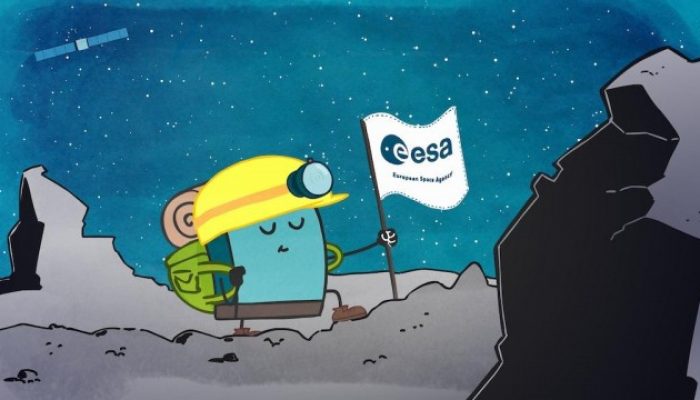
In November 2014, space exploration history was made. Millions of kilometres away, orbiting a piece of ice and rock, the European Space Agency’s (ESA) Rosetta mission sent its probe Philae to become the first spacecraft to soft-land on a comet.
After the tense 7-hour wait that followed the separation from the main orbiter, a tweet confirmed that the little lander had successfully completed the first part of its mission. Following a 10-year journey through space, on the back of the Rosetta spacecraft, Philae had successfully touched down on comet 67P/Churyumov–Gerasimenko.
The story of Rosetta and Philae will go down in the history books, like others before it, and ignite the imagination of children and adults alike, for whom space is the ultimate frontier.
These great stories of space exploration have inspired the 2016 Geosciences Information For Teachers (GIFT) workshop: The Solar System and Beyond, which took place during the EGU General Assembly in Vienna. The symposium combined presentations on current research by leading scientists with hands-on activities presented by science educators for 80 teachers from 20 different countries.
The keynote lecture was given by Matt Taylor, the Rosetta Project Scientist at ESA, who told the remarkable story of Rosetta and its companion, Philae. I was lucky to catch up with Matt during the conference and we spoke about the GIFT workshop, science fiction, and life after Rosetta (with the mission end now confirmed for September 2016).
Matt, thank you for talking to me today. Before we get stuck into details about the Rosetta mission and your time at the conference, could you tell our readers a bit more about your role as project scientist for the mission?
I basically act as a link between the scientific community and ESA. There are many instruments on board Rosetta and Philae, with each of their operations being coordinated by a lead scientist. With such a mix of instruments, all pointing in different directions and with different goals, it’s up to me to coordinate the work of the lead scientists and ensure that we get everything we need to do, done. I try to make sure everyone is happy, or unhappy, as the case may be!
I also provide outreach support for the mission, by giving public lectures and taking part in projects such as the GIFT workshop here at EGU 2016.
The aim of the GIFT workshops is to spread first-hand scientific information to science teachers which they can then use in the classroom to inspire their students and engage them with science. Often, outreach efforts are directed towards the students themselves, so why do you think it is important to inspire teachers about science too?
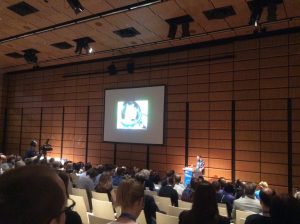
Matt Taylor speaking at the 2016 General Assembly. Credit: Laura Roberts/EGU
It is fundamentally important. Teachers are the ones who really engage school children with a subject. But to do that, it is important to equip them with the right tools, while at the same time trying to engage and inspire them too. That way they can take those tools back to the classroom.
Truth be told, I find it inspiring talking to teachers. After the lecture today I was struck by how motivated and engaged the teachers participating in the GIFT workshop are! One of the teachers, who teaches science at a city school, told me how good it was for them to see science in action [at the conference] and be exposed to STEM subjects.
And what is it about space, do you think, that captures so many people’s imagination and is such a great tool to engage the masses with science?
Space has that ‘WOW’ factor. Yet it is also relatable because you can look up and perceive it through the night sky.
Then there is that adventurous aspect to it. It’s the going out there and exploring the unknown. It makes us appreciate we are so tiny and really draws on the idea of ‘where do we come from?’
It is to do with how you package it, and science fiction helps really helps with that. Take the Star Trek films.
And pictures really help. Images allow you to put science ideas across very easily and in a very engaging way – and space gives us a lot of incredible images to work with.
There is no doubt that the Rosetta mission caught the attention of the media and public alike! So let’s talk about it a little bit more. What about the mission, would you say is, scientifically speaking, the most exciting?
Comets are the building blocks of life. Studying them has a real connection to the bigger picture stuff: where do we come from, how did the solar system form? For me, the findings of the mission contributing to that has to be the most exciting part.
And on a personal level, what is it like working on the mission and why is it exciting?
It’s, actually, just a normal job.
Day to day the work can be quite boring. A lot of my time is spent coordinating projects, going to meetings… same as anyone else. It’s when I give talks and take part in outreach events such as the ones here at the General Assembly that I am reminded about how cool this mission really is.
Recently, I’ve been excited to work on the final trajectory scenario and deciding how are we going to ‘end’ Rosetta.
Not so cool, are the conspiracy theories and being trolled on twitter, repeatedly, about whether Philae actually ever landed on comet 67P.
You mention the end of Rosetta, what is next for the mission?
The mission will end, operationally, in September. After that we’ll be focusing 100% on the science including ensuring all the data from the mission is in the best format for future scientists. There will be findings coming out of the mission for some time yet! In fact, school students now will be able to work on Rosetta data in graduate school! That’s how important and groundbreaking this mission is.
And once the mission is over, what is next for you?
Chances are I’ll be allocated to another mission, but that will depend on what the science community are pushing for [in terms of new missions] currently and whether my expertise are a good fit.
It’s unlikely I’ll work on something as big as Rosetta again. Funding for space missions is allocated well in advance and there is nothing in the pipe-line on the scale of Rosetta.
But I’m ok with that. I’m actually looking forward to a quieter life. Working on Rosetta has meant letting a few things go by the way side and I’ll now have time to start exercising and looking after my health a little more!
Even though there won’t be another Rosetta, which upcoming missions do you think are ones to watch?
I, personally, don’t think there is anything like Rosetta coming up soon. Rosetta has lots of elements that make it so attractive: the science is exciting, it takes us to the limits of space exploration, it was the first known comet and yet before we got there we had no idea what 67P looked like….
That said there are some exciting missions coming up: JUICE – JUpiter ICy moons Explorer – which is headed to Jupiter in 2022 and will study the gas giant and three of its icy moons. It gets there in

Matt is a self-confessed metal head. Credit: Matt Taylor
2030 – the year I’m due to retire!
I’ll also be keeping my eye on BepiColombo, ESA’s first mission to Mercury, and the Solar Orbiter, which will make the closest approach, ever, to the Sun and study solar wind.
I thought we could finish the interview on a light note. In the past I’ve asked scientists I’ve interviewed to come up with a brand new chemical element. If you could invent an element, what would it be and what would it do?
It would have to be Limenium – after Lemmy, frontman of the rock band Motörhead. It would allow you to exude rock & roll!
[As well as being a physicist, Matt is a self-confessed metal head, so much so he was recently awarded the Spirit of the Hammer of the Golden Gods].
Interview by Laura Roberts Artal, EGU Communications Officer
Further reading:
- The Rosetta Blog: For all the science prior to and after the comet landing.
- Find out more about the Rosetta mission: http://rosetta.esa.int/
- DLR, the German space agency, played a major role in building the Philae lander and runs the lander control centre.
- The Philae Blog: to recap exciting moments of the little lander’s mission.
- Ambition, the film: a short science fiction film that tells the story of comet-chasing spacecraft Rosetta

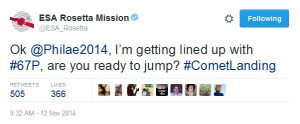

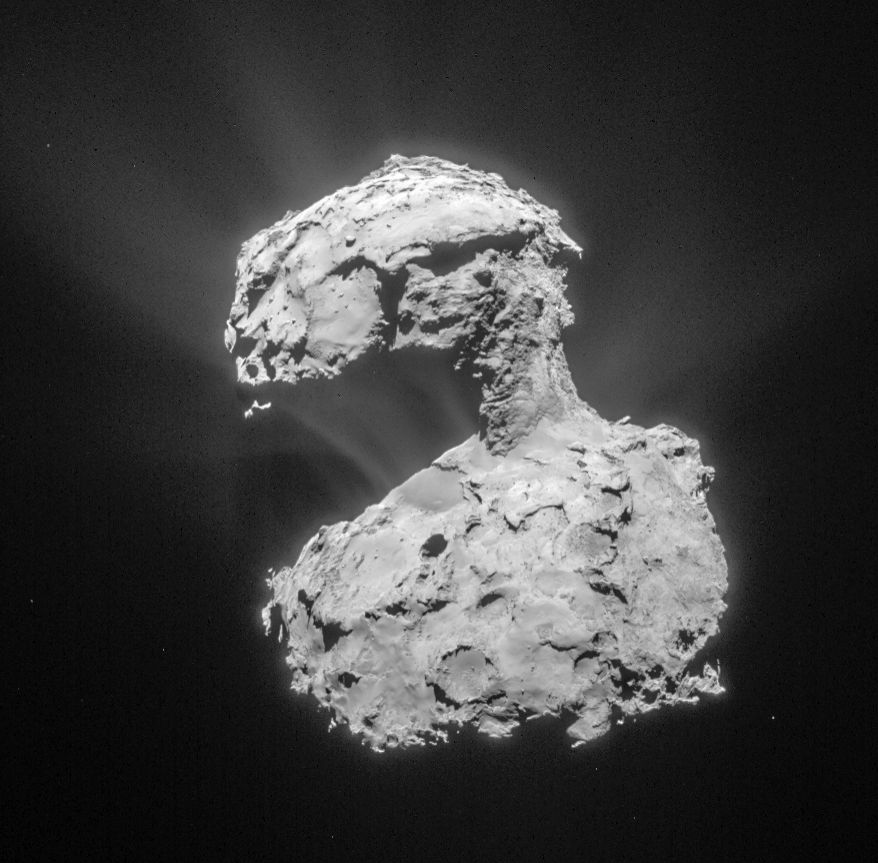
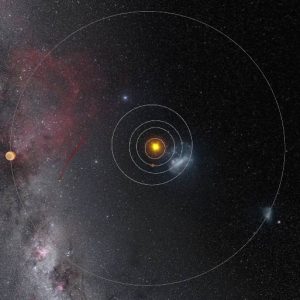
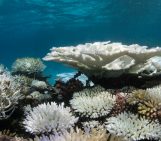

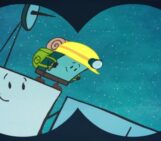
Pingback: Planetary and Solar System Sciences | Upcoming space events!
Pingback: GeoTalk: Matt Taylor of ESA’s Rosetta Mission | The Times Business